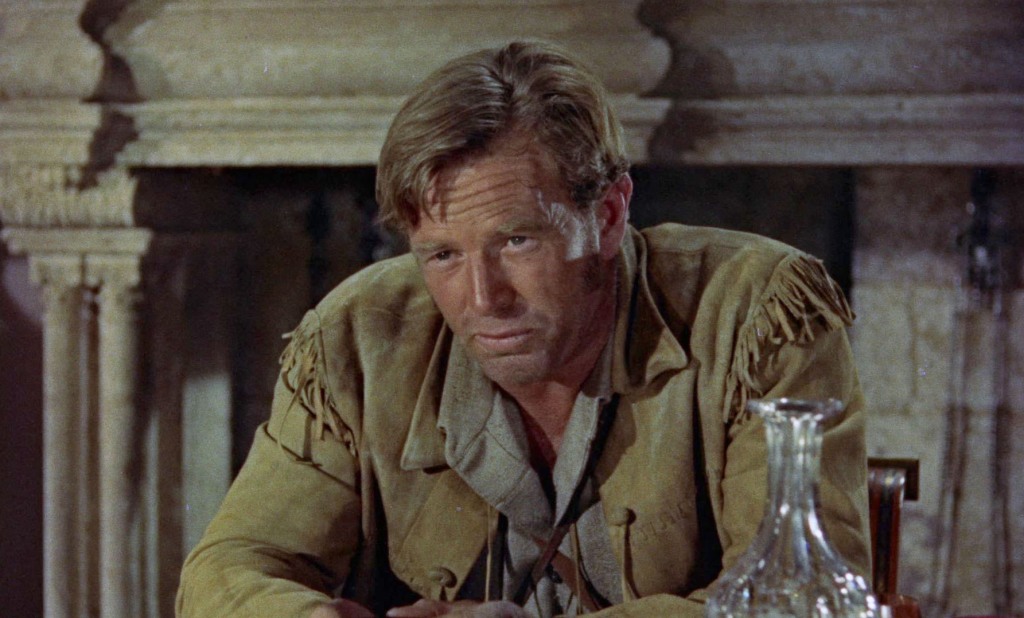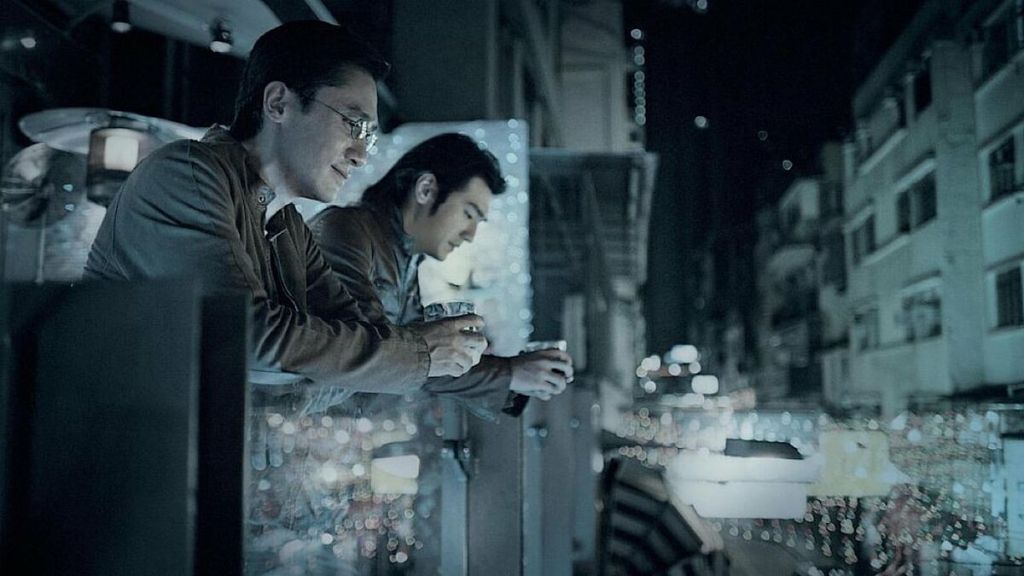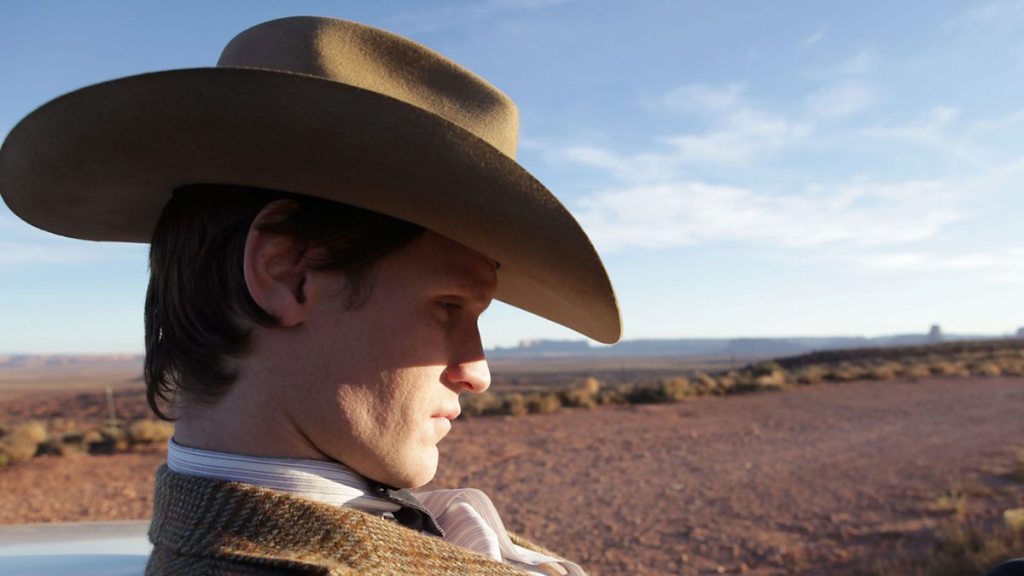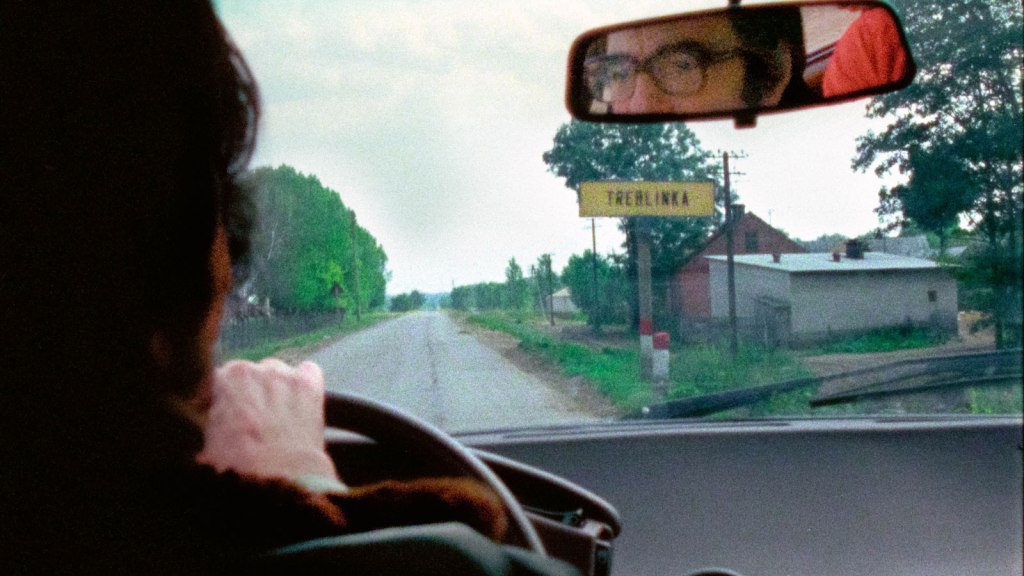‘Remember the Alamo,’ goes the popular phrase, and it seems as if Hollywood has been determined for well over a century to ensure that nobody does. This 13-day siege, a pivotal event of the Texas Revolution, has inspired numerous films and television episodes over the decades. The earliest was Gaston Méliès’ The Immortal Alamo in 1911. The most recent large-scale adaptation was likely John Lee Hancock’s 2004 film The Alamo, which starred Billy Bob Thornton and Dennis Quaid. Somewhere in the middle of the pack there is Frank Lloyd’s The Last Command, released in 1955.
The project originated seven years earlier as a pet project of Republic Pictures star John Wayne, although disagreements with Republic boss Herbert Yates led to Wayne not only leaving the production but the studio entirely. While Wayne would ultimately direct and star in his own Alamo film for Todd-AO (The Alamo in 1960), the Republic production shifted focus and was released in 1955 under the direction of Frank Lloyd (Mutiny on the Bounty). While Wayne intended the film to focus on frontiersman Davy Crockett, Lloyd’s film centred on military officer Jim Bowie – played by Sterling Hayden.
That’s “boo-e”, not “bo-e”. I spent half the film thinking the cast were mispronouncing the name until I actually looked it up. They named a knife after him.
The Last Command may conclude with the notorious Battle of the Alamo, but the bulk of the film is dedicated to its lead-up: a simmering discontent with white settlers against the Mexican government that breaks out into armed conflict. This growing rebellion is cast with a string of decent talent, including Richard Carlson, Arthur Hunnicutt, and Ernest Borgnine. Anna Maria Alberghetti makes a strong impression as love interest Consuelo de Quesada, as does J. Carrol Naish as Mexican General Antonio Lopez de Santa Anna. The latter in particular is a fascinating inclusion, lending the film a differing viewpoint to the pro-American majority one.
Jim Bowie is a fairly contentious figure with which to headline a film, given his earlier career trading in illegal slaves. The version of the character depicted in Lloyd’s film is of course a highly mythologised one, and his use points to a larger problem in how Hollywood chose to depict figures from the American South. The less savoury aspects of Confederate states – which is basically a polite way of referring to slavery – were regularly ‘brushed under the carpet’ with the aim of making more appealing films. That process is evident in Gone with the Wind (1939) and Disney’s Song of the South (1946), not to mention any number of westerns. It is only really since the 1970s – TV miniseries Roots being a serious gamechanger – that the industry became more comfortable addressing the legacy of slavery head-on.
The Last Command is, all in all, a very worthy film, but it suffers from an excess of gravitas that makes the dialogue-based scenes somewhat long and tiresome. There is some decent action, but scenes come too far apart to really lift the film’s momentum. Thankfully viewers seeking screen presentations of the Battle of the Alamo are hardly spoiled for choice.
1955 West is a review project to watch as many western features from 1955 as possible, in order to gain a ‘snapshot’ view of the genre at its height. According to Letterboxd, there were 72 westerns released that year; this is the 32nd film reviewed. You can see all of FictionMachine’s reviews to date by clicking here.





Leave a comment